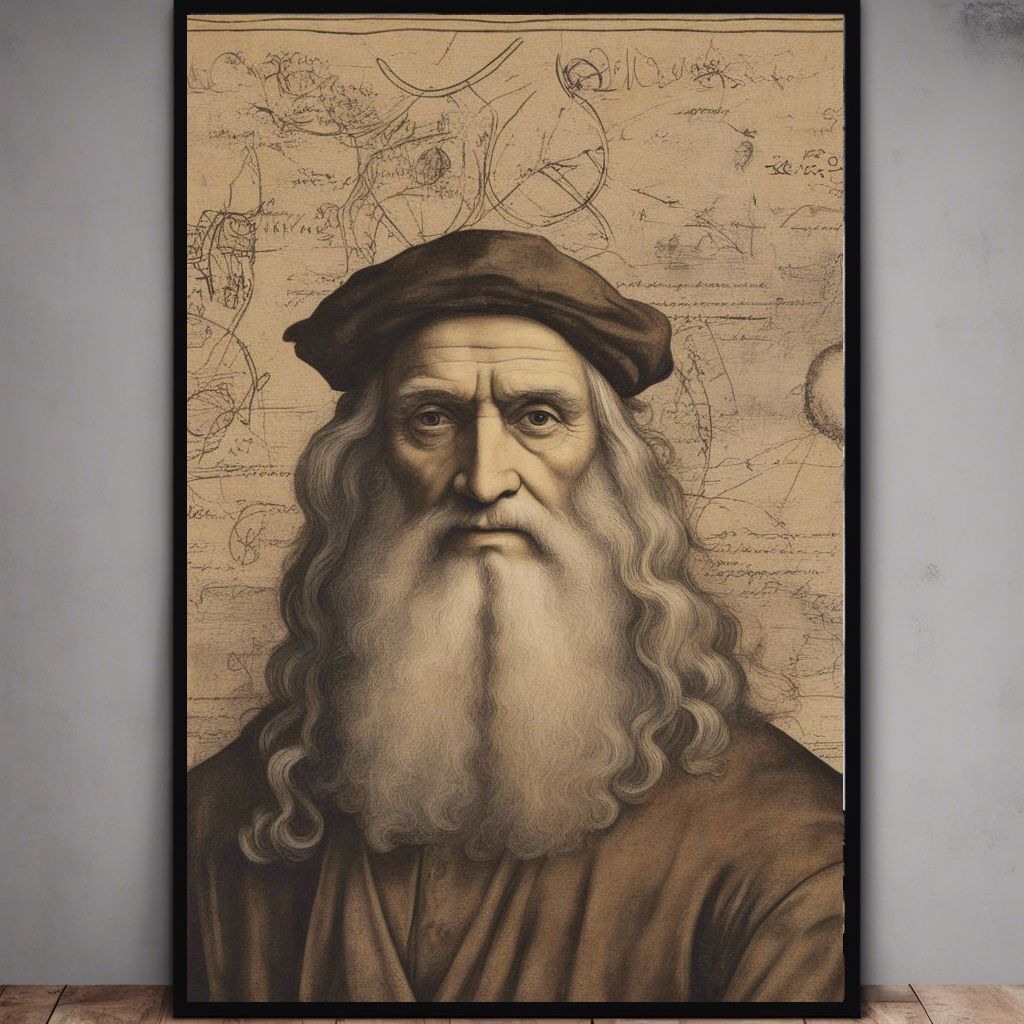Your cart is currently empty!
The Renaissance in Europe

Summary
The Renaissance, spanning from the 14th to the 17th century, marked a transformative era in Europe, characterized by a revival of classical learning, arts, and sciences. This period saw the rediscovery of Greek and Roman culture, the advent of new technologies like the printing press, and a shift towards individualism that spurred advancements in various fields.
Facts
The Renaissance occurred from the 14th to the 17th century in Europe.
Classical Greek and Roman culture experienced a revival during this period.
Artists, writers, and thinkers drew inspiration from ideals of beauty, balance, and harmony.
The development of the printing press facilitated widespread dissemination of knowledge and ideas.
The Renaissance encouraged individualism, fostering independent thinking and the pursuit of personal interests.
Advances in arts and sciences occurred, along with breakthroughs in anatomy, chemistry, physics, astronomy, and mathematics.
The Renaissance left a lasting impact on the world, and its legacy is still evident today.
Leonardo da Vinci and Michelangelo are notable figures from the Renaissance period.
Galileo Galilei made significant scientific discoveries during the Renaissance.
The Renaissance ideals of beauty, creativity, and knowledge continue to inspire people.
The cultural heritage of the Renaissance is evident in art, science, and various aspects of modern society.
by
Tags: